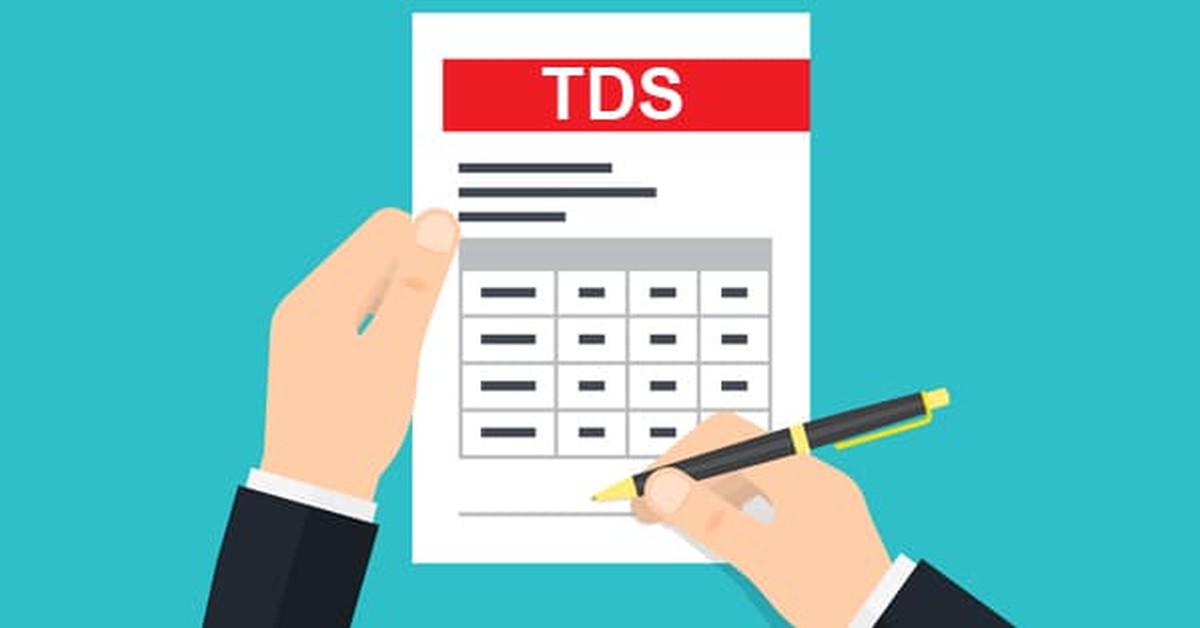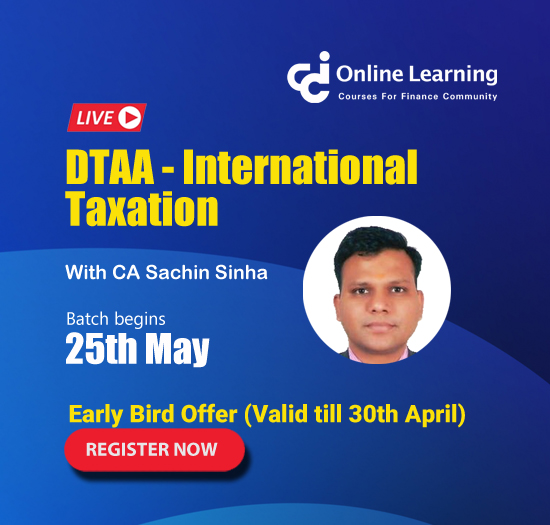This research provides a comprehensive overview of Tax Deduction at Source (TDS), covering various aspects such as forms, returns, challans, due dates, and related information. TDS is a mechanism employed by tax authorities to collect taxes at the source of income. This aims to explain the concept of TDS, its significance, and the procedures involved in complying with TDS requirements.
Introduction
Taxes from various sources of income at the time of payment. It ensures the timely collection of taxes and minimizes tax evasion. This section provides an introduction to TDS and its key objectives.
Understanding Tax Deduction at Source (TDS)
TDS is a method of collecting tax by deducting a certain percentage of payments at the time of credit or payment. It ensures that tax is collected in advance and acts as a tool to widen the tax base.

Importance of TDS
TDS is crucial for ensuring a steady flow of revenue for the government. It helps in reducing tax evasion, promoting compliance, and simplifying the tax collection process.
TDS Forms
There are several forms associated with TDS, including Form 16, Form 16A, Form 16B, and Form 26AS etc. These forms serve as a means to report and furnish information related to TDS deductions made by the deductor (the person making the payment) and provide details to the tax authorities. The following are some of the commonly used TDS forms:
- Form 16: Form 16 is a certificate issued by the employer to an employee, providing details of the salary paid, taxes deducted, and other related information. It is primarily applicable to individuals earning a salary income.
- Form 16A: Form 16A is a certificate issued by a deductor other than the employer, such as banks, tenants, or clients, for TDS deductions made on payments other than salary. It contains details of the payment, the deductor, and the deductee (the person receiving the payment).
- Form 16B: Form 16B is a certificate generated by the buyer of immovable property (such as land, house, or apartment) for TDS deductions made on the purchase price. It serves as proof of TDS compliance during property transactions.
- Form 26AS: Form 26AS is a consolidated tax credit statement that reflects all the TDS deductions made on behalf of a taxpayer. It includes TDS details from multiple sources, such as salary, interest, rent, etc. Taxpayers can view and verify the details mentioned in Form 26AS to ensure accuracy while filing their tax returns.
- Form 27Q: Form 27Q is applicable to non-resident taxpayers and is used to report TDS deductions made on payments such as interest, dividends, or any other income. It includes details of both the deductor and the deductee.
- Form 27EQ: Form 27EQ is used for reporting TDS deductions made on tax collected at source (TCS) transactions. TCS is a similar concept to TDS but applies to specified transactions where the seller collects tax from the buyer at the time of sale.
TDS Challans
TDS challans are payment instruments used to remit the TDS amount to the government. These challans serve as proof of payment and facilitate the reconciliation of TDS credits. There are two common types of TDS challans:
- Challan 281: Challan 281 is used for depositing TDS deducted on regular payments like salaries, interest, rent, etc. It contains details such as the taxpayer's name, TAN (Tax Deduction and Collection Account Number), assessment year, type of payment, and the amount of TDS being deposited.
- Challan 280: Challan 280 is used for depositing TDS deducted on advance tax, self-assessment tax, or any other tax payments. It is not specific to TDS deductions and can be used for various tax liabilities. The challan includes details like the taxpayer's name, PAN (Permanent Account Number), type of tax payment, assessment year, and the amount being deposited.
Both types of challans can be generated and submitted physically at authorized banks or through online payment modes like net banking, debit cards, or credit cards.
It is crucial for taxpayers to correctly fill out the relevant TDS forms and challans, ensuring accurate information and timely submission. Failure to comply with the prescribed procedures may lead to penalties and interest charges.
TDS Return and Payment Due Dates
TDS Return Due Dates: TDS returns are required to be filed periodically to report the TDS deductions made during a specific period. The due dates for filing TDS returns depend on the type of deductor and the nature of the transaction. Here are the general due dates for filing TDS returns in India:
Form 24Q: For TDS deductions on salaries
- Quarter 1 (April to June): Due by July 31
- Quarter 2 (July to September): Due by October 31
- Quarter 3 (October to December): Due by January 31
- Quarter 4 (January to March): Due by May 31
Form 26Q: For TDS deductions on payments other than salary
- Quarter 1 (April to June): Due by July 31
- Quarter 2 (July to September): Due by October 31
- Quarter 3 (October to December): Due by January 31
- Quarter 4 (January to March): Due by May 31
Form 27Q: For TDS deductions on payments made to non-residents
- Quarter 1 (April to June): Due by July 31
- Quarter 2 (July to September): Due by October 31
- Quarter 3 (October to December): Due by January 31
- Quarter 4 (January to March): Due by May 31
Form 27EQ: For TDS deductions on tax collected at source (TCS) transactions
- Quarterly due dates are the same as mentioned above for Form 26Q.
Note: The due dates mentioned above are subject to change. It is advisable to refer to the official notifications and the relevant tax authority's website for the most up-to-date information regarding TDS return due dates.
TDS Payment Due Dates
TDS payments should be made by the due dates specified by the tax authorities. The due dates for TDS payment depend on the type of deductor and the nature of the transaction. The general due dates for TDS payment in India are as follows:
For all types of TDS deductions:
- Month of March: Due by April 30
- All other months: Due within 7 days from the end of the month in which TDS was deducted
Note: It is important to note that TDS payments must be made before filing the corresponding TDS returns.
TDS Rates and Thresholds
TDS rates and thresholds are defined by the Income Tax Act, 1961. The rates vary depending on the nature of the payment and the recipient of the income. Here are some examples of commonly applicable TDS rates:
- Salary: TDS on salary is deducted as per the individual's income tax slab rates.
- Interest on Fixed Deposits: TDS is applicable if the interest income exceeds Rs. 10,000 in a financial year. The TDS rate is 10% for individuals.
- Rent: TDS is deducted at 10% if the annual rent exceeds Rs. 2,40,000.
- Professional Fees: TDS is deducted at 10% for individuals and 10% or 2% for other entities, depending on the nature of the professional fees.
It is important for deductors to stay updated with the latest TDS rates and thresholds to ensure accurate deduction and compliance.
TDS Certificate
A TDS certificate is issued by the deductor to the deductee as proof of tax deducted and deposited. There are different types of TDS certificates, such as Form 16, Form 16A, Form 16B, and Form 16C, depending on the nature of the payment and the deductor.
The TDS certificate contains details such as the name and PAN of the deductee, the TDS amount deducted, the TDS rate, the TDS deposited, and other relevant information. The deductee must ensure they receive the TDS certificate from the deductor, as it is required for filing income tax returns and claiming tax credits.
TDS Exemptions and Rebates
Certain payments are either exempt from TDS or eligible for lower deduction rates. The Income Tax Act provides specific provisions for exemptions and rebates on various payments. Some examples of TDS exemptions and rebates include:
- Threshold Exemption: For certain types of payments, TDS is not applicable if the amount paid does not exceed a specified threshold. For example, TDS is not applicable on interest paid by banks if it does not exceed Rs. 10,000 in a financial year.
- Lower Deduction Certificate: A taxpayer can apply for a lower deduction certificate from the income tax authorities if they believe that the actual tax liability is lower than the TDS rate. If approved, the deductor will deduct TDS at the lower rate mentioned in the certificate.
Consequences of Non-Compliance with TDS Provisions
Non-compliance with TDS (Tax Deduction at Source) regulations can have several consequences for both the deductor and the deductee. The tax authorities take TDS compliance seriously, and failure to comply with the prescribed rules and regulations can result in the following consequences:
- Interest and Penalties: Non-compliance with TDS provisions may attract interest and penalties. The deductor may be liable to pay interest on the amount of TDS not deducted, or deducted but not paid to the government, at a rate specified by the tax authorities. Additionally, penalties may be imposed for late filing of TDS returns or incorrect reporting of TDS details.
- Disallowance of Expenses: If TDS is not deducted or not deposited with the government, the tax authorities have the power to disallow the corresponding expenses claimed by the deductor. This disallowance can lead to an increase in the taxable income of the deductor, resulting in higher tax liability.
- Prosecution Proceedings: In cases of willful or intentional non-compliance, the tax authorities may initiate prosecution proceedings against the deductor. This can result in legal action, including fines and imprisonment.
Conclusion
In conclusion, this research provides valuable information on Tax Deduction at Source, covering forms, returns, challans, due dates, and more. Understanding TDS is crucial for taxpayers, deductors, and professionals involved in tax compliance. By adhering to TDS provisions, individuals and entities contribute to the smooth functioning of the tax system while avoiding penalties and legal issues.





 CAclubindia
CAclubindia

